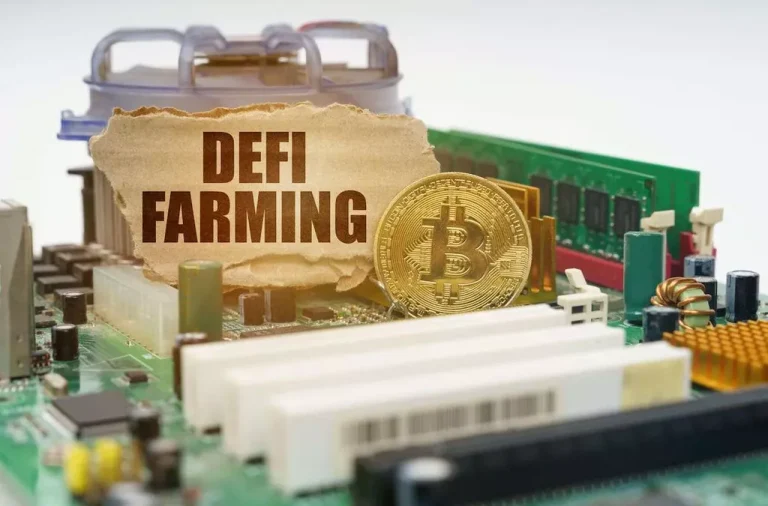The Means To Create A Customized Liquidity Pool Step-by-step Information
Best Websites For Free Anonymous Chat Online One Hundred Pc Secure
April 30, 2025Les 10 Meilleurs Websites De Rencontres Sérieux En 2025
May 6, 2025Bancor launched an answer to the impermanent loss drawback by using an progressive v2 pool, which uses Chainlink oracles to take care of the balance of assets within the pool. The below visible illustrates how a standard order book-based market maker features. After all that, I hope that this guide helps you keep away from https://www.xcritical.in/ the debugging time I spent on my project. I’ve used this sort of integration many times in production settings, and hopefully my mistakes can become your wins. It’s a collection of swimming pools, each with its personal particular configuration.
For instance, should you add one hundred USDC and 10 FTM tokens within the pool then, each of the FTM might be What Are Liquidity Pools in Crypto equal to 10 USDC. Please observe that an investment in digital assets carries dangers in addition to the opportunities described above. At the same time, there are risks corresponding to impermanent loss and security vulnerabilities that users ought to concentrate on. Liquidity swimming pools come in numerous types, depending on their function and the underlying protocol.

Withdrawing means you burn your tokens, destroying them and distributing the assets, plus accumulated charges. Summing up, the deeper the liquidity, the nearer the rates to their intended ranges but fewer opportunities for arbitrage. Since there is no entity like a market maker to fill market orders (when a dealer buys or sells an asset on the current market price), an AMM has to have a reserve. If there is an increase in demand for a certain asset, on a standard change the quantity of buy orders will enhance correspondingly, driving the value up. Sell orders scale back the quantity of the other token within the pair, inflicting the corresponding adjustment.
For instance, fixed belongings (e.g., actual estate) are extremely illiquid. If you put money into actual property, you can’t buy or sell a property as simply as you can a inventory. Excessive liquidity indicates that an asset is bought or sold rapidly and with minimal worth movement.
It not only helps decentralized buying and selling but additionally reduces value manipulation dangers and retains market activity flowing. The identical applies to blockchain video games (like decentraland). The tokens you earn or spend in such a recreation Initial exchange offering are sent through liquidity pools. You’re not coping with a company, but with the good contracts of the game.
You Presumably Can Yield Farm Or Stake Tokens
Want to entry capital while your funds are still within the pool? Now that you realize what does it imply to offer liquidity in crypto, I consider it sounded too good to be true. Well, everything great and true comes with its risks – and liquidity provision has many.
What’s Liquid Staking And The Way Does It Work?
However with higher rewards come larger dangers, together with impermanent loss and smart contract bugs. Yield farming is a method to earn further rewards on prime of the fees you already earn from providing liquidity. When you deposit tokens right into a liquidity pool, you obtain LP (liquidity provider) tokens.
- One Other instance is Project Serum being constructed on the Solana blockchain.
- So far, we’ve principally discussed AMMs, which have been the most popular use of liquidity pools.
- Without them, DEX platforms could not function effectively, as they depend on continuous trading activity.
- These are often small percentages (e.g. 0.3% per transaction), however with massive volumes, that may add up considerably.
Liquidity pools aren’t any exception, as seen within the sequence of Vyper exploits. New fashions, corresponding to dynamic AMMs and multi-token liquidity swimming pools, are gaining traction. These top-shelf inclusions goal to optimize liquidity provision by permitting extra flexible token contributions and decreasing impermanent loss. For example, platforms like Balancer are experimenting with pools that help multiple tokens with completely different weights, offering extra tailor-made liquidity solutions.

On traditional exchanges and some cryptocurrency exchanges that take after them, consumers and sellers are matched with an order book. It is an inventory of prices which patrons are keen to pay for an asset or sellers need to promote the asset for. The more provides there are, the less probably it’s for a big order to affect the current market worth, and the more liquid the market is. Liquidity pools are powered by sensible contracts that mechanically manage token swaps, pricing, and fee distribution, no middleman wanted. You just need two crypto tokens, a compatible pockets (like MetaMask), and a few minutes.
Custodial stablecoins like USDC and USDT rely on centralized reserves, elevating considerations about transparency and regulatory risks. Algorithmic stablecoins, meanwhile, have struggled with stability and trust. On Ethereum, fuel charges may be high—anywhere from $50 to $200+. On cheaper chains like Polygon or BSC, it might value beneath $5. Some choices embrace native tokens such as ETH, MATIC, or BNB, which are widely used and liquid. If you want price stability, go for stable belongings like USDC or USDT.
